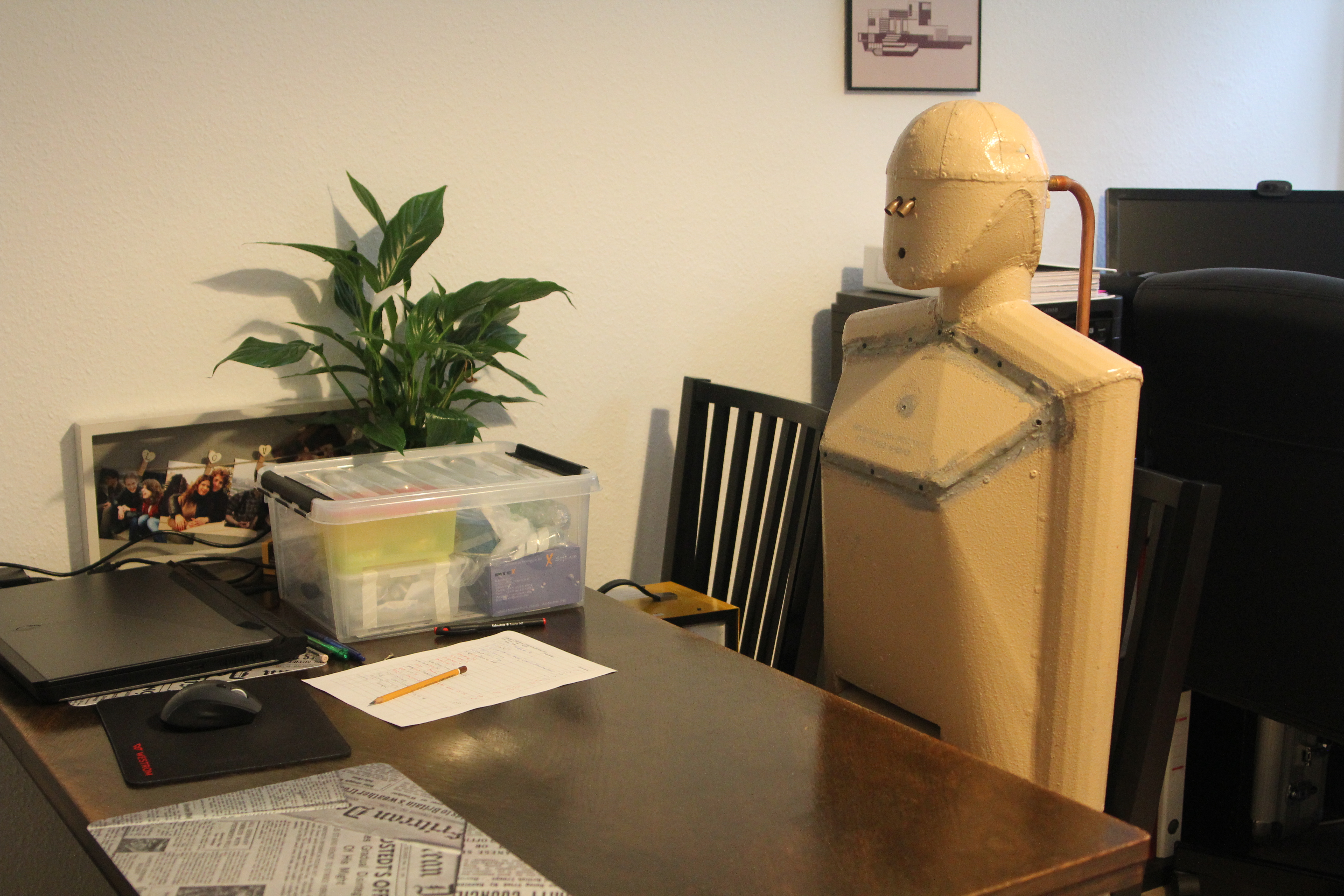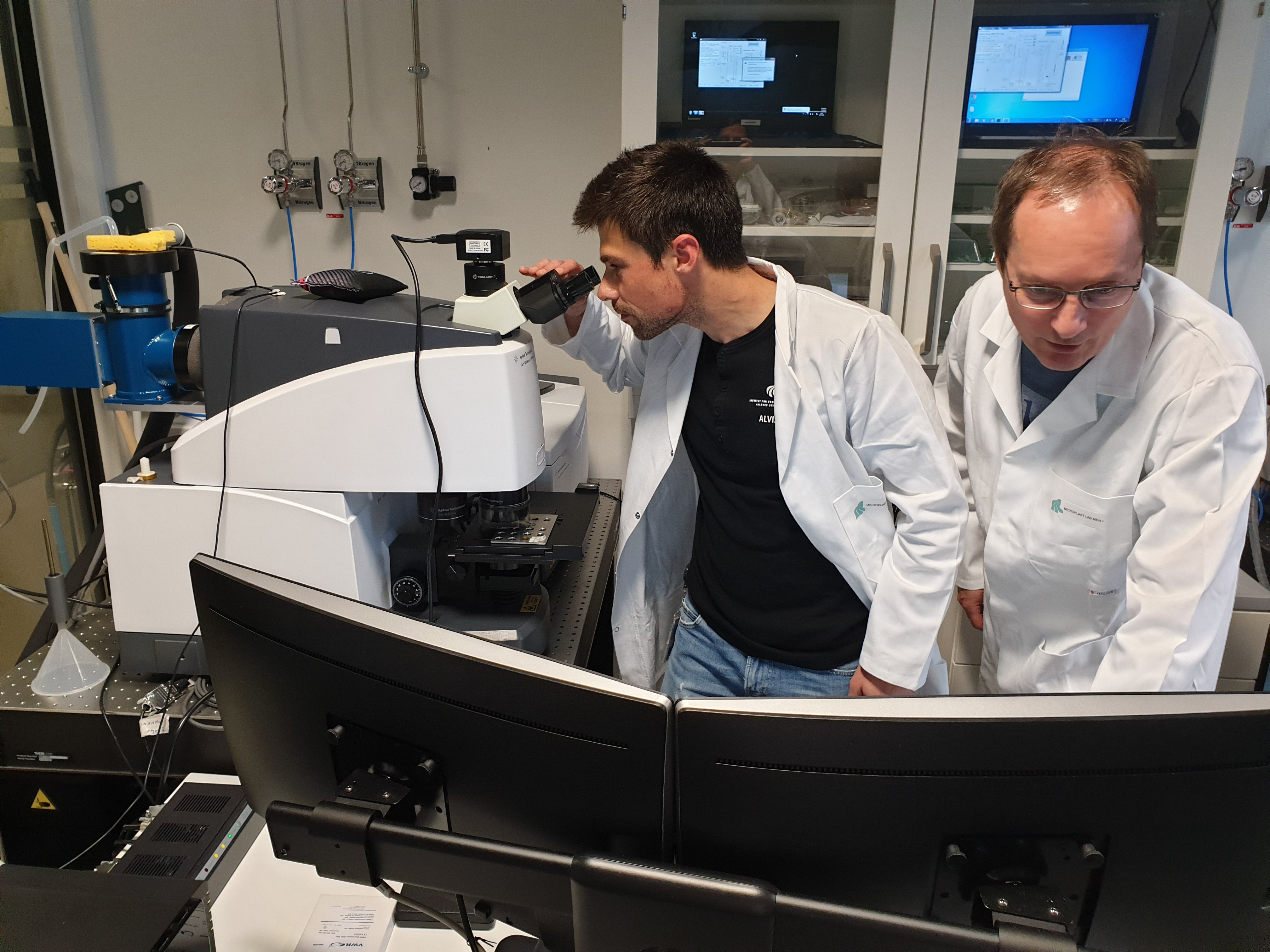You’re Likely Inhaling 11 Tiny Bits of Plastic Per Hour
Credit to Author: Erica Cirino| Date: Mon, 17 Jun 2019 12:06:33 +0000
Pulling on a white cotton lab coat, researcher Alvise Vianello stepped into a stark white room filled with whizzing machines. The contraptions were analyzing foreign materials found in soil, drinking water, the oceans, wastewater, and air. Vianello, who studies microplastic pollution at Aalborg University in Denmark, peeked at computer screens displaying the machines’ readings. They had found plastic, plastic, and more plastic.
According to Vianello, those results are not surprising. This now-ubiquitous substance is everywhere, including inside of us. Vianello’s latest research suggests that when we spend time indoors we are probably filling up our lungs with tiny plastic particles shed by all the plastic stuff filling our apartments.
He and his research team found that when a breathing “mannequin”—a metal-and-resin machine which resembles a simpler, less sparkly version of Star Wars’ C-3PO—spends time in an average urban Danish apartment, it sucks in up to 11.3 of these plastic bits, called microplastic, each hour. The scientists say that while their experiment can’t prove people are inhaling microplastic, their results suggest it’s likely and the logical next step should be to look for microplastic in a real humans’ lungs.
“This is the first evidence of human exposure to microplastic through breathing indoor air,” Jes Vollertsen, Vianello’s colleague and an author of the study, said at his lab at Aalborg University last week.

Microplastics have long been known to damage lung tissues, leading to cancer, asthma attacks and other health problems. What’s more, these particles often contain toxic chemical additives or contaminants known to change the way human hormones work. A decades-old body of research reveals people working with plastic-based textiles and dusts are at an increased risk of respiratory problems. Very recent research demonstrates microplastic is pervasive in the American food supply and can be found in people’s feces, suggesting we are probably swallowing a bunch of microplastic when we eat and drink.
On this particular afternoon at the university, Vollertsen and Vianello reviewed their experiment: In the small city of Aarhus, Denmark, they found three graduate students with three identical apartments who were willing to share their spaces with the breathing mannequin for three days each.
The scientists sat a mannequin at each student’s kitchen table, adjusting its surface temperature and breathing rate to mimic that of a male human. The mannequin hung out for 24 hours at a time, for three days total, in each apartment, noisily inhaling and exhaling with its pneumatic mechanical lungs through its hole of a mouth.
The mannequin’s interior breathing tubes contained fine silver mesh to filter inhaled air. The scientists used special software to identify and analyze the particles collected by the mesh, that could tell them what kinds of plastics they’de found, such as nylon and polyethylene.

Vianello displayed some results, including a color-coded map of all the particles the mannequin had breathed in during one of its 24-hour apartment-sitting sessions. Dominating the map were light gray blobs indicating the presence of protein—in this case, skin cells—while there were fewer dark gray blobs and threads indicating plant material. The gray shapes were interspersed with a rainbow of blobs and lines representing dozens of types of plastic fragments and fibers. The results suggest humans are probably breathing in a lot of dead skin cells, some plant bits and a surprising amount of microplastic.
“[Microplastic] particles and fibers, depending on their density, size, and shape, can reach the deep lung causing chronic inflammation,” said Joana Correia Prata, a PhD student at the University of Aveiro in Portugal, who wasn’t involved with the study. Through her own work, Prata has highlighted a need for systematic research on the human health effects of breathing in microplastic.
“Studies on occupational exposure to very high concentrations of airborne microplastics, such as in the synthetic textile industry, have found workers to suffer from respiratory problems,” she said. “However, the development of disease from chronic exposure to low concentrations of microplastics in the air in our homes has not yet been demonstrated.”
In recent years, scientists have identified plastic particles in indoor and outdoor air. But previous studies rely on vacuums or atmospheric fallout to collect microplastic in air. This is the first study to use a mannequin that emulates human breathing with inhalation and exhalation, and relies on what’s now considered the most accurate and streamlined analysis methods.
Despite the evidence that plastic is getting inside of human bodies and could be harming us, there’s been no modern systematic search for it, or for the harms it might be causing to our health (though we routinely cut open dead marine mammals, revealing large quantities of microplastic). “Microplastic analysis has been the Wild West,” said Vollertsen. “The consensus today is that we need good quality control over how we study and identify it.”
Vianello and Vollertsen said their findings have prompted them to begin talking to researchers at their university’s hospital for future collaborative research, perhaps looking for plastic inside human cadavers. Other experts have also called for human health studies on microplastic’s effects similar to those studying the human health effects of airborne particulate matter.
“We now have enough evidence that we should start looking for microplastic inside human airways,” Vollertsen said. “Until then, it’s unclear whether or not we should be worried that we are breathing in plastic.”
This article originally appeared on VICE US.